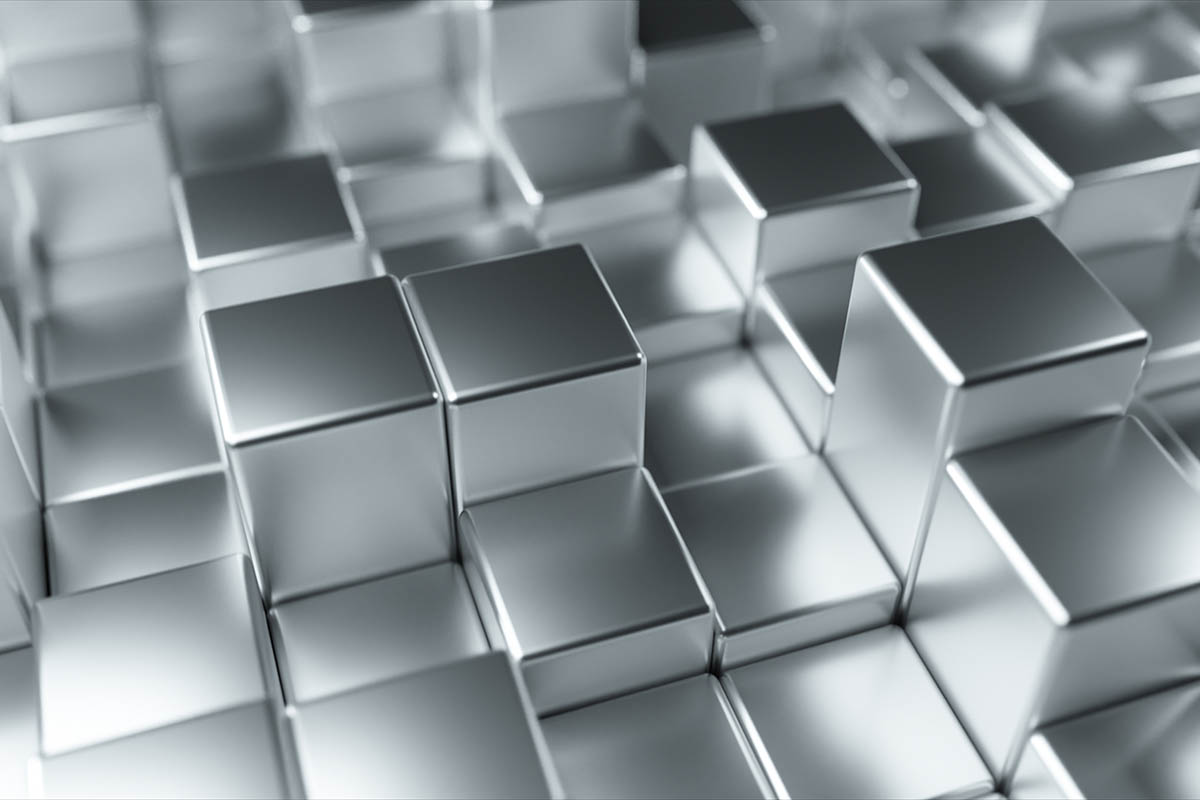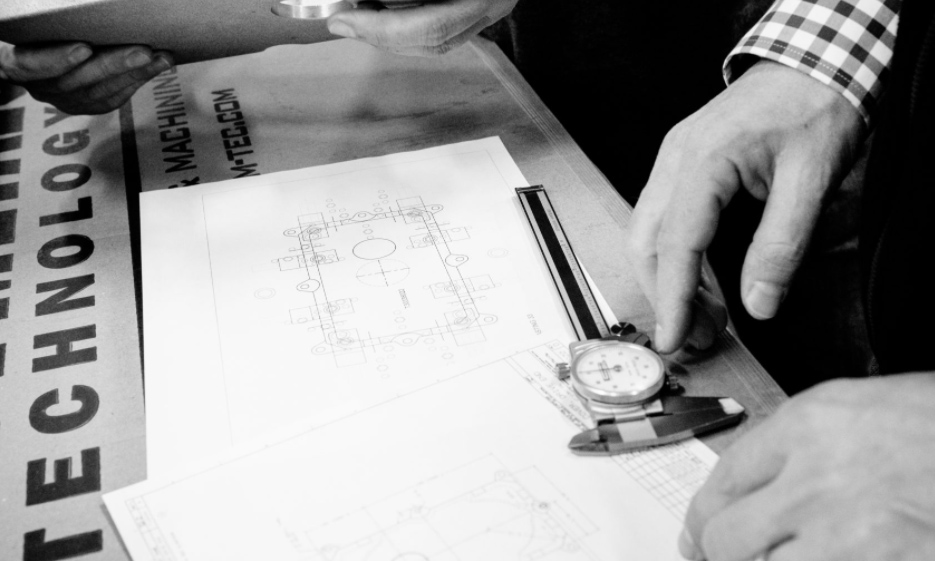Magnesium vs Aluminum: How to Choose the Right Alloy for Your Casting Project
Producing top-quality new products with cast metal takes a good concept, engineering expertise, the correct metal alloys for the job, and quality machining. Once the parts are cast, will they be treated with powder coating or anodizing?
Will the parts for the new product be delivered ready to use or will you need to perform finishing touches? Having a commercial casting and machining company that delivers a turn-key solution is a definite benefit.
Aluminum as a Casting Material
Many products are right for aluminum castings. When the casting company uses quality material and the latest equipment and methods, aluminum has many advantages as a casting material. Aluminum has become the most common metal used for die casting. This is because it is cost-effective, lightweight, and very structurally sound. An aluminum alloy is made by mixing several metals to gain strength and other advantages.
Aluminum alloys are anti-corrosive, which allows them to last longer. Aluminum alloys have a higher melting point. This makes them good for applications where temperatures might be an issue. Aluminum is often mixed with silicon or copper to make it stronger and more fluid. Overly high levels of aluminum in an alloy make it susceptible to cracking and shrinkage. Aluminum is very versatile, lightweight, and attractive.
What Are the Most Common Metals Used in Die Casting?
The most common metals used in die casting include:
- Aluminum is lightweight, strong, and heat resistant as well as being reasonable in cost. It is the most commonly used casting material. Aluminum can be used for die casting, investment casting, sand casting, squeeze casting, lost form casting, and more. This makes it a good choice for many products.
- Zinc is also a popular metal for die casting because it can be plated or painted and offers a smooth surface. It does have a lower melting point which makes it take less energy to produce. It is stable, durable, and hard. Zinc is often used in medical equipment. Zinc is also used for automotive parts, pipes and fittings, engines, and farm equipment.
- Magnesium is the simplest metal to machine. It has a very good strength-to-weight ratio. Magnesium alloys have better castability and are very lightweight. It also gives RFI and EMI shielding. That makes it a good choice for connectors and electrical housings and other applications.
- Copper is used mainly for custom die casting jobs. Copper offers malleability, superior conductivity, and conduction of heat. But, copper castings might have surface cracking, internal cavities formed, and porosity as problems. It is often mixed with materials like nickel, silicon, zink, tin, silver, and others.
- Lead is also used most often for specialty products.
- Brass is used for custom projects and has a special status.
- Gray Iron is strong and versatile. It offers vibration and damping control, dimensional stability, and a good strength-to-weight ratio.
- Ductile Iron offers benefits including lower cost, reduced shrinkage, improved wear resistance, and good strength.
- Steel is tough and good for parts that are going to have exceptional wear, heavy loads, and be near corrosive elements.
Magnesium vs Aluminum: What is Die Casting?
Die casting is a process for metal casting. Molten metal is forced into a mold to produce very accurate metal parts. The parts have precision and a smooth, flawless finish. Die casting produces detailed parts in small batches or for mass production.
The die castings must be made of materials that are non-ferrous such as copper, zinc, lead, tin, pewter, aluminum, or magnesium. Casting will be either hot or cold chambered depending on the metal used and the part to be produced.


















